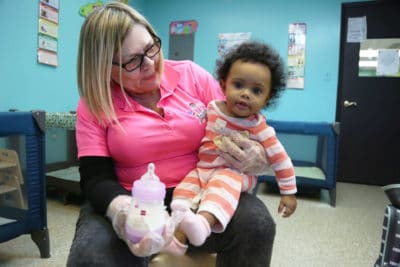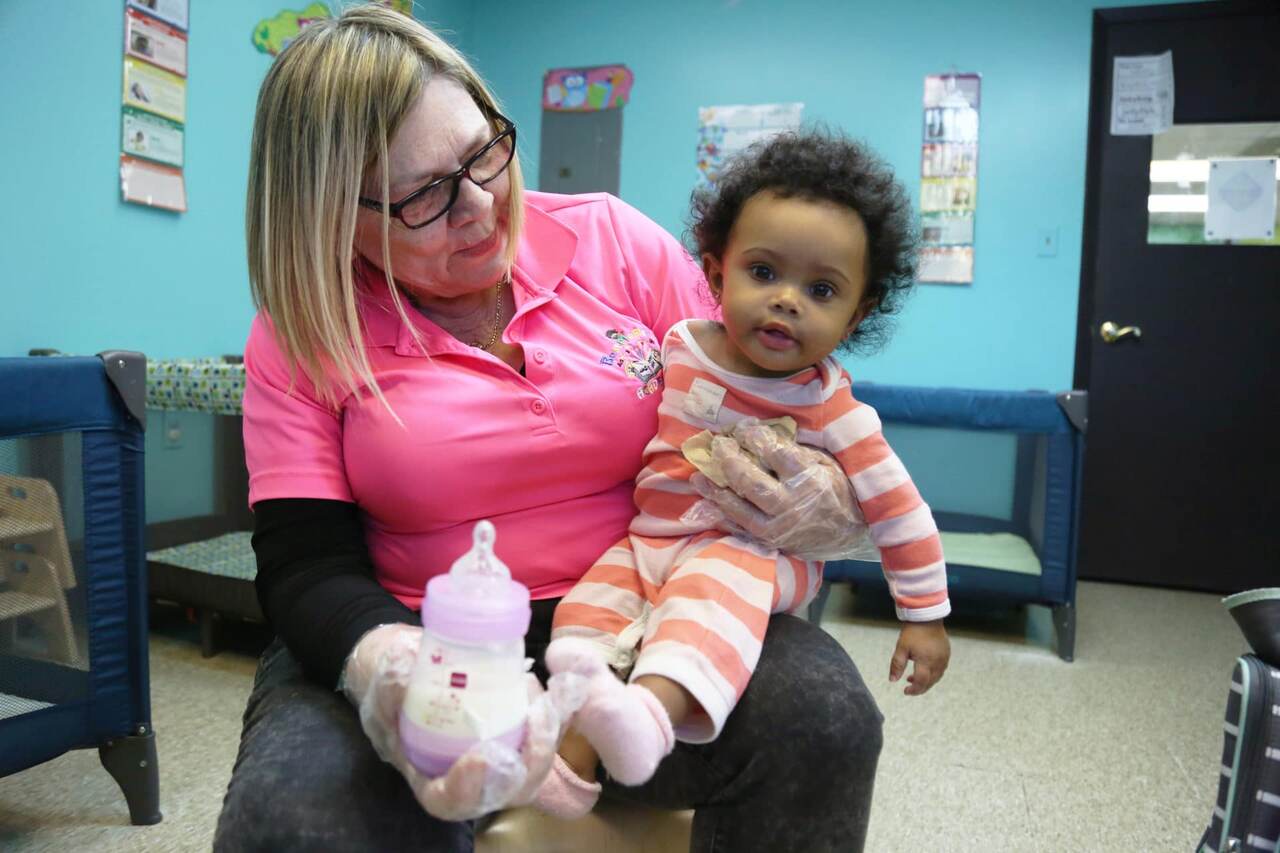 It’s hard to believe that just a few months ago child care was a place of joy and close relationships. Teachers nurtured children, helping them to develop, thrive, and make meaningful connections to others.
It’s hard to believe that just a few months ago child care was a place of joy and close relationships. Teachers nurtured children, helping them to develop, thrive, and make meaningful connections to others.
That all changed when the COVID-19 outbreak began in the United States. Many child care centers were forced to close, some for good. The pandemic revealed structural issues in our country’s child care system that can only be solved with substantial public investment and imagination. Yet now, as child care centers across the country begin to open back up, they’re faced with myriad new policy regulations and recommendations and few new supports to meet them.
These regulations have fundamentally changed the way teachers and providers interact with children. Most states have limited group sizes to 10 or fewer children per room and physically limited parents’ presence in their child’s location of care. States recommend maintaining social distancing whenever possible, and that adults and older children wear masks.
In a recent webinar, we heard from providers in three states about how COVID-19 recommendations have impacted their work. The panelists shared about supporting children and staff while adapting to new requirements.
These extra regulations create a financial burden for providers already caught in an economic catch-22 and bring into question the wellbeing of both children and teachers. This is not the time to create more barriers to high-quality child care: child care is essential for parents to go back to work and is key to creating good social, emotional, and physical outcomes for children. Child care workers are the front line in ensuring healthy development of the next generation.
It’s time we acknowledge that early childhood teachers are brain architects, playing a strong role in crafting the neural structure that will serve children for their entire lifetime. Positive back-and-forth interactions between children and the adults who care for them are foundational, the base upon which all other success is built. Early childhood teachers deserve the same job security, respect, public funding, and professional development that other essential workers receive. [quote]
Interactions with children matter, now more than ever. But, how to foster back-and-forth interactions with guidelines in place designed to keep people apart?
Teachers and providers show up every day to care for and educate our nation’s children, and even before the COVID-19 outbreak they adapted to current affairs with incredible grace and resilience. Here are a few practical suggestions that states should consider incorporating into their guidelines for supporting children’s early brain development, even with social distancing regulations in place:
● Amidst so many new “rules” that may seem to make no sense to children, the most important thing a teacher can do is start conversations. Narrate what’s happening, explain what’s different, and ask questions to help children learn to connect the dots. Because young brains process speech at one fifth the speed of adult brains, talking slowly and leaving plenty of time for children to respond will help them to understand better.
● In states where social distancing of six feet or more is recommended or required, interactions are more difficult, but they are still possible! Teachers can take extra care to respond to the child’s emotions by labeling and acknowledging them and then modeling a positive attitude toward change. Focus on positive interactions and remind the child of other parts of their routine that haven’t changed to help bring back a sense of normalcy and comfort.
● To help children adjust to a world in which adults are wearing masks, providers can still be silly, build on what a child says, and get down on their level to communicate. Songs and rhymes can also be a useful tool for explaining masks.
As we adjust, one thing teachers need more than ever are opportunities to feel heard. Families, administrators, and the entire early learning community must listen and be responsive to teachers’ needs as we continue to move forward into uncertainty.
In my daily work at LENA and as the parent of a young toddler, I find myself constantly referencing our 14 Talking Tips. These practical strategies help parents and teachers to interact more effectively with children, and they also remind me how to focus on interactions with all those I connect with, whether it’s via a video conference or face-to-face at home.
As we’re increasingly focused on all the new to-dos to stay safe, let’s not lose sight of the fact that interactions matter, now more than ever. Our teachers support our children, and we need to step up in support of our teachers.




